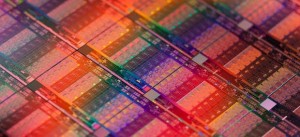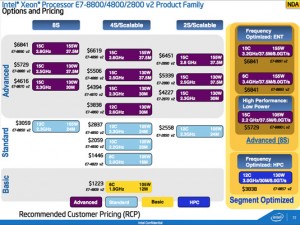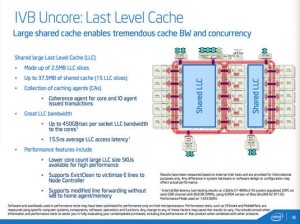



The unified LLC system is said to max out at 450GB/sec of LLC bandwidth per socket. Doesn’t that sound like something worth waiting for? Latency in this communication is 15.5 nanoseconds, top-of-the-line, says Intel. This series should also encourage other companies to replace their old servers. The amount of data generation demanded by Internet-ready devices and services will require such capacities.



 Laptop & Tablet Parts
Laptop & Tablet Parts




















